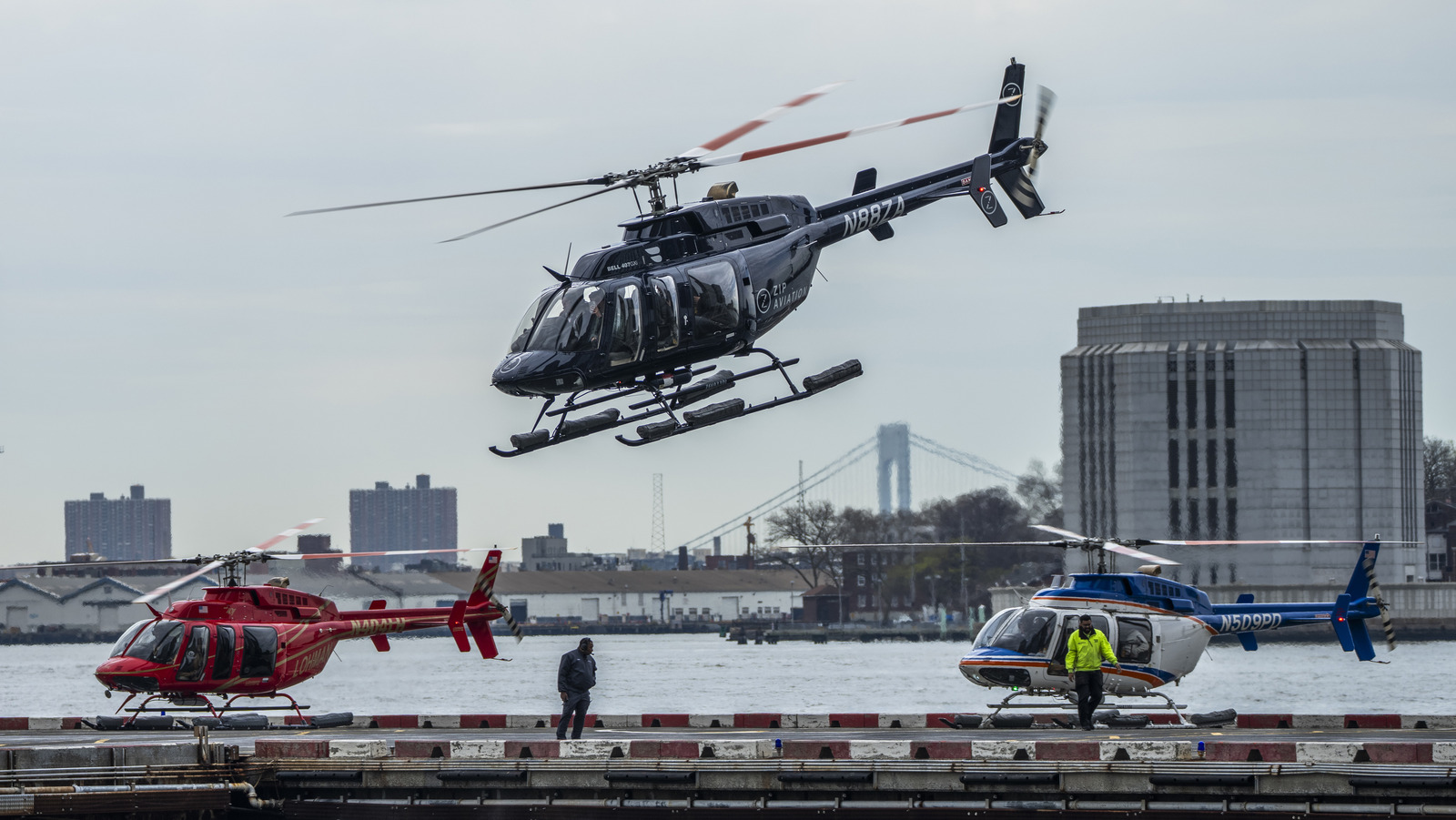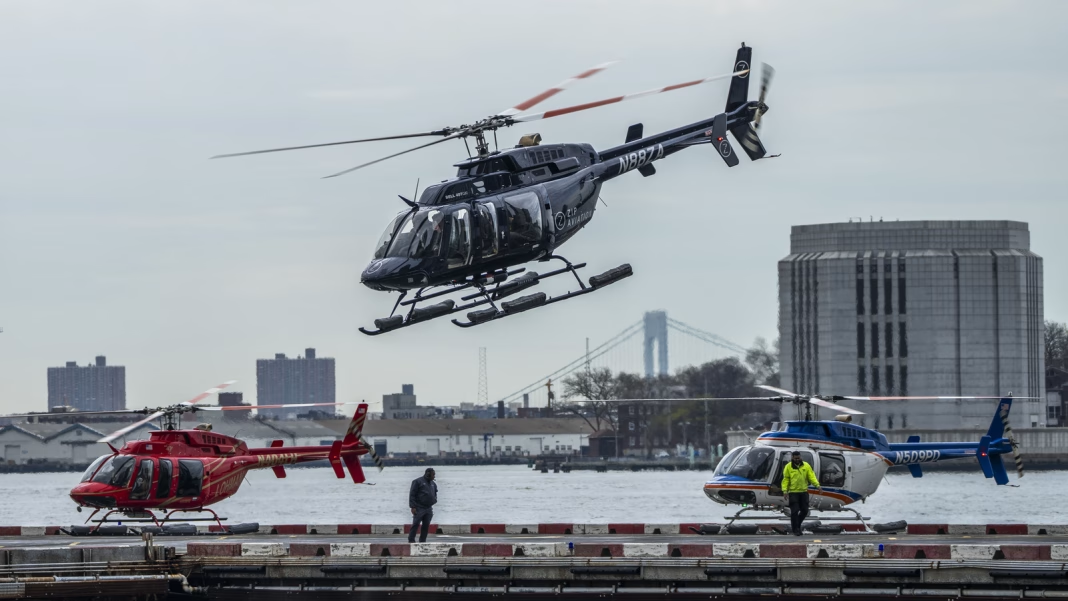Representative Jerrold Nadler has put forth a significant bill aimed at enhancing safety and reducing noise pollution in New York City. This legislation proposes to ban all non-essential helicopter flights within a 20-mile radius of the iconic Statue of Liberty. While this might seem like just another regulation, it touches on a broader conversation about urban airspace management, public safety, and the preservation of our cherished landmarks.
Why the Focus on Helicopter Flights?
Helicopter tours have long been a popular way for tourists to experience the breathtaking views of New York City. However, these flights have also raised concerns among residents and city officials alike. The noise from helicopters can be disruptive, particularly in densely populated areas. Moreover, safety issues have come to the forefront, especially following recent incidents that have resulted in tragic outcomes. Nadler’s bill is a response to these growing concerns, aiming to strike a balance between tourism and the quality of life for New Yorkers.
What Does the Bill Entail?
The proposed legislation would specifically target non-essential helicopter flights. This means that while emergency services and other critical operations would still be permitted, the leisure flights that often contribute to noise pollution and potential safety hazards would be curtailed. By establishing a 20-mile buffer around the Statue of Liberty, the bill seeks to protect not only the landmark itself but also the surrounding communities from the disturbances associated with frequent helicopter traffic.
The Impact on Tourism and Local Businesses
One of the most pressing questions surrounding this bill is its potential impact on tourism. Helicopter tours are a lucrative business, drawing visitors eager to see the city from above. However, the legislation doesn’t necessarily spell doom for these operators. Instead, it encourages a rethinking of how aerial tours can be conducted more responsibly. For instance, operators might explore alternative routes that minimize noise disruption or invest in quieter aircraft technology.
Local businesses that thrive on tourism may also feel the ripple effects. While some might worry about a decrease in foot traffic from tourists seeking helicopter experiences, others could benefit from a shift towards more sustainable tourism practices. Imagine visitors opting for boat tours or walking tours that provide a more intimate experience of the city’s sights without the noise overhead.
What’s Next for the Bill?
As with any piece of legislation, the journey from proposal to law is often complex. Nadler’s bill will need to navigate through various committees and discussions before it can be enacted. Public opinion will play a crucial role in this process. Advocacy groups, residents, and tourism operators will likely voice their opinions, shaping the final outcome.
The conversation surrounding this bill also opens up a broader dialogue about urban airspace management. As cities grow and technology evolves, how we manage our skies will become increasingly important. This legislation could serve as a model for other cities grappling with similar issues, setting a precedent for responsible airspace use.
The big takeaway? This bill isn’t just about banning helicopter flights; it’s about finding smarter, more sustainable ways to enjoy our urban landscapes. Whether you’re a local or a visitor, consider how your choices can contribute to a quieter, safer city. Start with one change this week, and you’ll likely spot the difference by month’s end.


